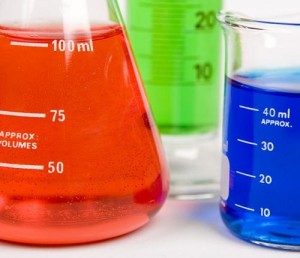Platelets
Tuesday, October 4th, 2011 Platelets are small, granulated bodies of two to four micro meters in diameter, present in the blood along with other cellular components. About 300,000 per micro liters platelets are present in the circulating blood. Their normal half life is about four days.
Platelets are small, granulated bodies of two to four micro meters in diameter, present in the blood along with other cellular components. About 300,000 per micro liters platelets are present in the circulating blood. Their normal half life is about four days.
Platelet production is being carried out in the bone marrow, where the megakaryocytes, giant cells form platelets by pinching off bits of cytoplasm and extruding them into the circulation. Certain colony stimulating factors regulate the platelet production. Out of these, a newly cloned factor is the thrombopoeitin, which facilitates megakarycyte maturation.
Between 65 to 70% of the platelets extruded from the bone marrow circulates in the blood, but the remainders are mostly in the spleen. So, splenectomy causes increase in the circulating blood platelet count (thrombocytosis).
At the event of blood vessel wall injury platelets adhere to the exposed collagen, laminin and von Willebrand factor in the wall via integrins on the platelet surface. Unlike platelet aggregation, the process of platelet adhesion is not an active process. It does not require any platelet metabolic activity. However, when the platelets bind to collagen, it initiates platelet activation, necessary for platelet aggregation. Activation of the platelets can also be produced by ADP and thrombin. By changing their shape, putting out pseudopodia and discharging granules, the platelets stick to other platelets. This process is known as platelet aggregation. It is suggested that the process of aggregation can also be fostered by the platelet activating factor (PAF), a cytokine secreted by neutrophils, monocytes and platelets themselves.
Decreased platelets result in deficient clot retraction and poor constriction of ruptured vessels. It results in the clinical syndrome commonly called as thrombocytopenic purpura, which is characterized by easy bruisability and multiple subcutaneous hemorrhages. Purpura may occur in the cases where the count is normal but the circulating platelets are abnormal (thrombasthenic purpura).
Here I would like to discuss a remarkable product Impact-R which is widely used for the assessment quantity and functionality of the blood platelets. Abnormal functioning platelets are detected with the help of Impact-R, which would otherwise lead to serious hemostatic abnormalities.